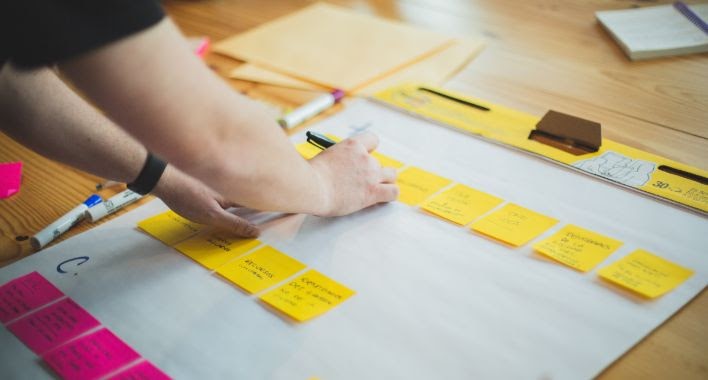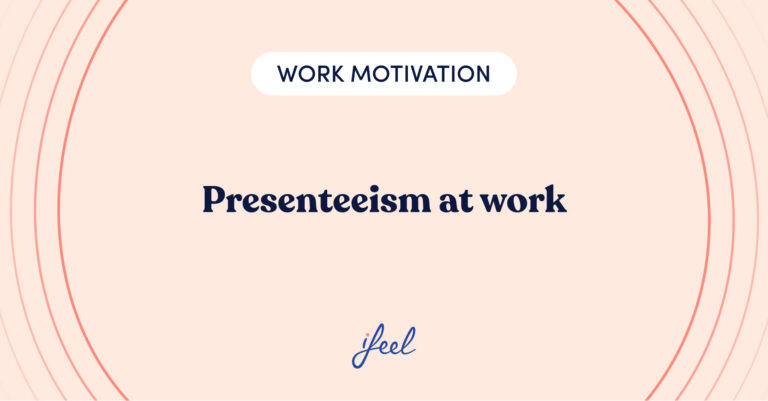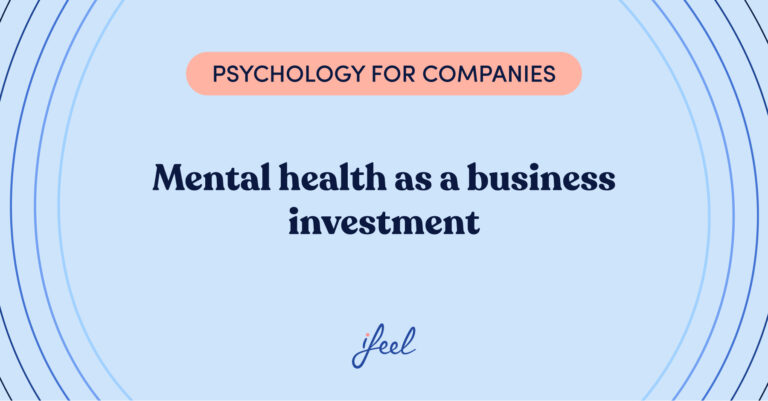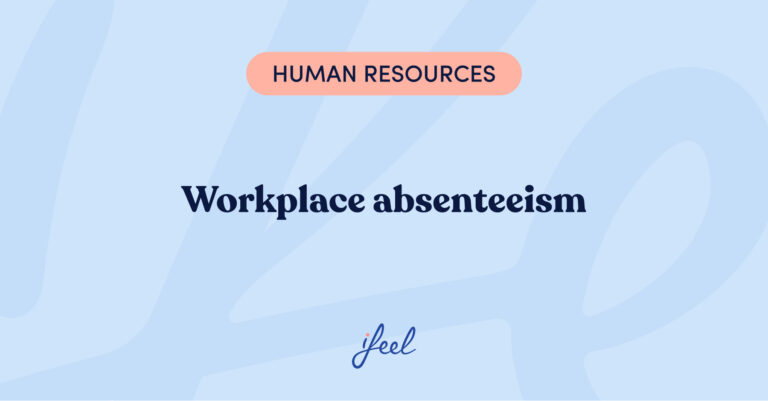Although you may not know it, some activities that are proposed to you at work are part of what is known as gamification in business. In this article, we want to discuss this method increasingly used by organizations, especially in strategic areas such as HR.
What is gamification in business?
The term gamification comes from the word game. It is based, among other things, on the idea of learning by playing, or enjoying, one of the principles of any learning process for centuries.
Applied to the workplace, gamification in business consists of using a structure and codes belonging to the playful (fun with rules, competition, cooperation, participation, winning and losing) in contexts such as the workplace that, at first glance, are not of that nature.
It is not so much a matter of playing, in the literal sense of the word, as of achieving work objectives inspired by the style of games. After all, when we apply gamification in business, we are still at work and we do not carry out these types of activities just for the pleasure of having fun or being entertained, as we would do when participating in a real game.
In short, it is a matter of applying the dynamics and structures of games to corporate dynamics and processes through technology, even without losing the pleasurable, fun, or stimulating component. These are not games in themselves, but they can benefit from certain components of greater or lesser complexity, present in some games, to make them more interesting and, above all, useful for their objectives.

How to apply gamification in a company?
Although there are different techniques to carry out gamification in business, the most prominent are those that focus on developing resources, activities, and online programs, usually through apps created specifically for this purpose or, at least, within the company’s own platform.
When properly implemented, gamification in business is a very versatile tool to improve the performance of a team in a wide variety of areas. We can understand it as a learning methodology in general, although it can also apply to team-building processes, onboarding of new employees, training, team meetings or decision making in any of the departments (for example in HR or Marketing, two of the areas in which gamification in business has spread the most), as well as other aspects of corporate life.
When implementing a gamification methodology in companies, it is important to prevent the risks or mistakes that can be made. These errors are basically two. On the one hand, trivializing the process of learning, participation, and team building. On the other hand, infantilizing corporate dynamics or oversimplifying them. Both mistakes would have a negative effect on the psychological well-being of the team and, therefore, on the employee experience.
Benefits of gamification in business
If gamification in business is carried out efficiently, it has a clear impact on the attraction, development, and retention of talent. When this is achieved, it is very beneficial to strengthen the employer branding strategy of the company, which should be led by the department in charge of managing human capital.
Undoubtedly, this sets in motion a virtuous circle that results in the short, medium and especially long term in an increase in productivity, but not at the expense of the mental health of staff members, but in a sustainable manner.
Objectives of gamification in companies
The objectives of gamification in business are related to facilitating the various processes in which the members of the workforce are involved in any of the moments of their life cycle as employees but also in the day-to-day.
Explained in another way, the purpose of this methodology is to improve corporate aspects such as the work environment, employee motivation, or the implementation of the values of the corporate culture, which are relevant to the psychological well-being of employees.
The idea is to lighten them in the good sense of the word. It is not a question of making them less profound, but of making them less of a burden. If correctly planned and implemented, gamification dynamics in companies increase the motivation of employees and contribute to increasing their level of involvement and participation, producing more valuable results both for them individually and for the team as a whole.
Understanding gamification in business
So far we have discussed how the style of games can be applied as a tool to respond to the different needs of an organization. When games are used in this way, we talk about gamification in business.
We have already mentioned that the objectives and format of these games can be very diverse, depending on the company’s needs. The important thing is to understand that, when we use gamification in the workplace, what we are doing is not just a game, but a work methodology that uses the structure of games to enhance the company’s performance.
In this sense, it is worth remembering that, in order to talk about gamification at work, we must understand that games are, by their very nature, playful (they generate pleasure), they have rules (they are not random or improvised) and these rules make them fair but not always have a happy ending, since someone wins and the others lose. Finally, games help us train skills in a more unconscious and fluid way than with other learning formats.

Learning while enjoying the company
Ifeel has created an emotional well-being program for companies, designed by its team of leading psychologists with one main objective: to help companies put employee health at the heart of their strategy to boost sustainable productivity.
Thanks to this partnership, the people in charge of HR departments can receive personalized, data-driven advice on how to make good decisions in a company to get the most out of the teams they are in charge of and take better care of the psychological well-being of the people in them.
Additionally, this program offers employees a holistic mental health care service structured at different levels according to their needs. This service includes, if required, online psychological therapy with a specialized psychologist. Try our program now so you can see how it could help you.
We hope you found this post about gamification in business interesting. If you want more information about our emotional well-being program for companies all you have to do is request it and we will contact your team as soon as possible.
You may also be interested in this post about social benefits for companies.










